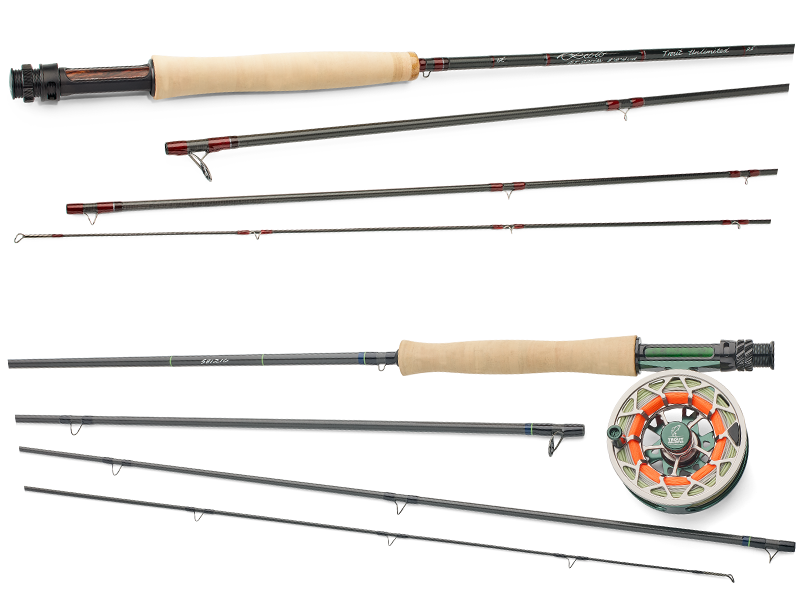Genetic differences among individuals and populations can be used to explore evolutionary questions and address a variety of conservation needs — from tracking individual movement to characterizing adaptive traits to measuring hybridization or assessing population history and “health”.
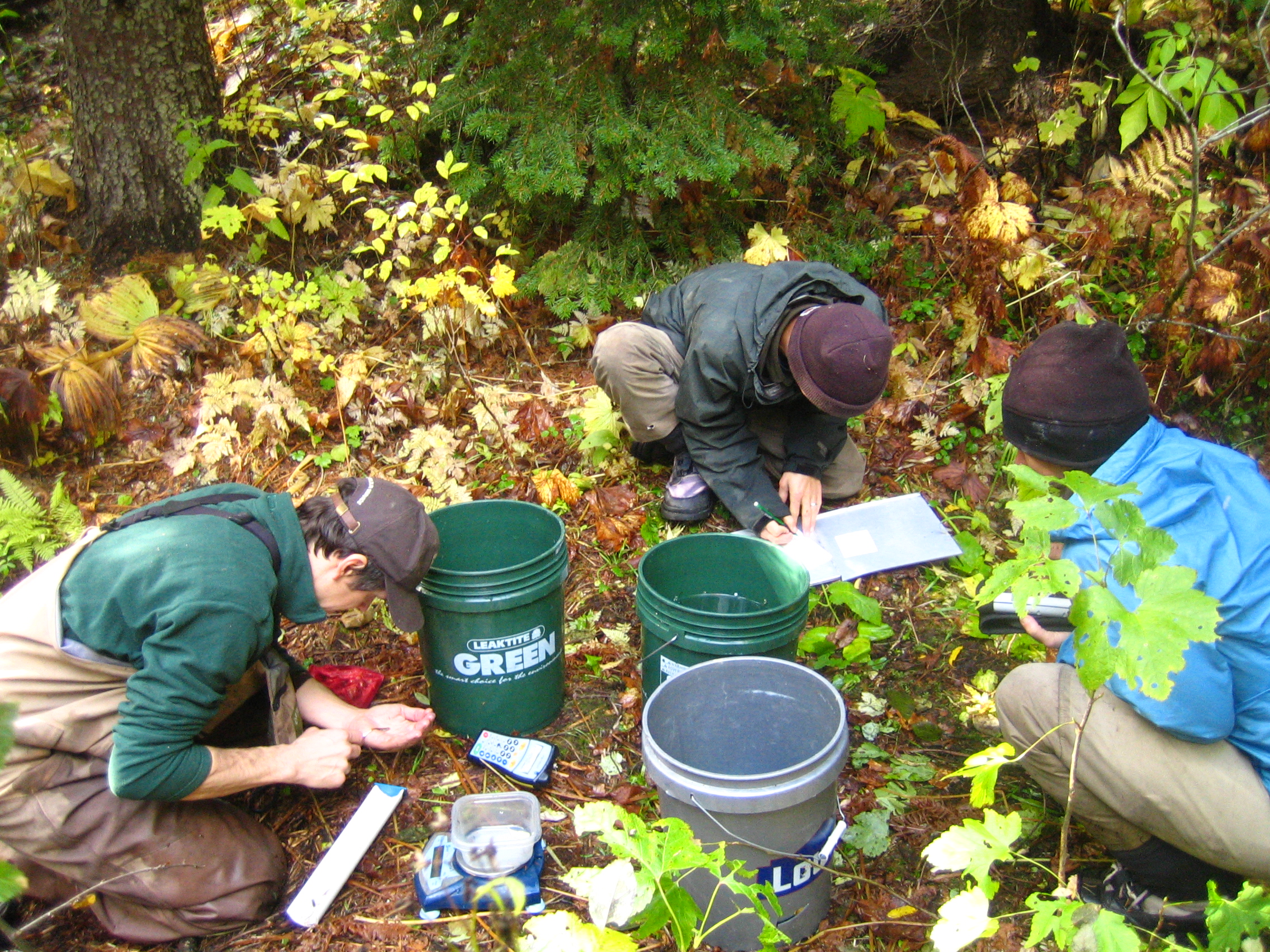
Tracking Individual Movement
Perhaps surprisingly, genetic data can be used to identify when individuals move. This can be useful in a variety of contexts, including for monitoring the effectiveness of projects where culverts isolating headwater trout populations were removed to reestablish population connectivity.
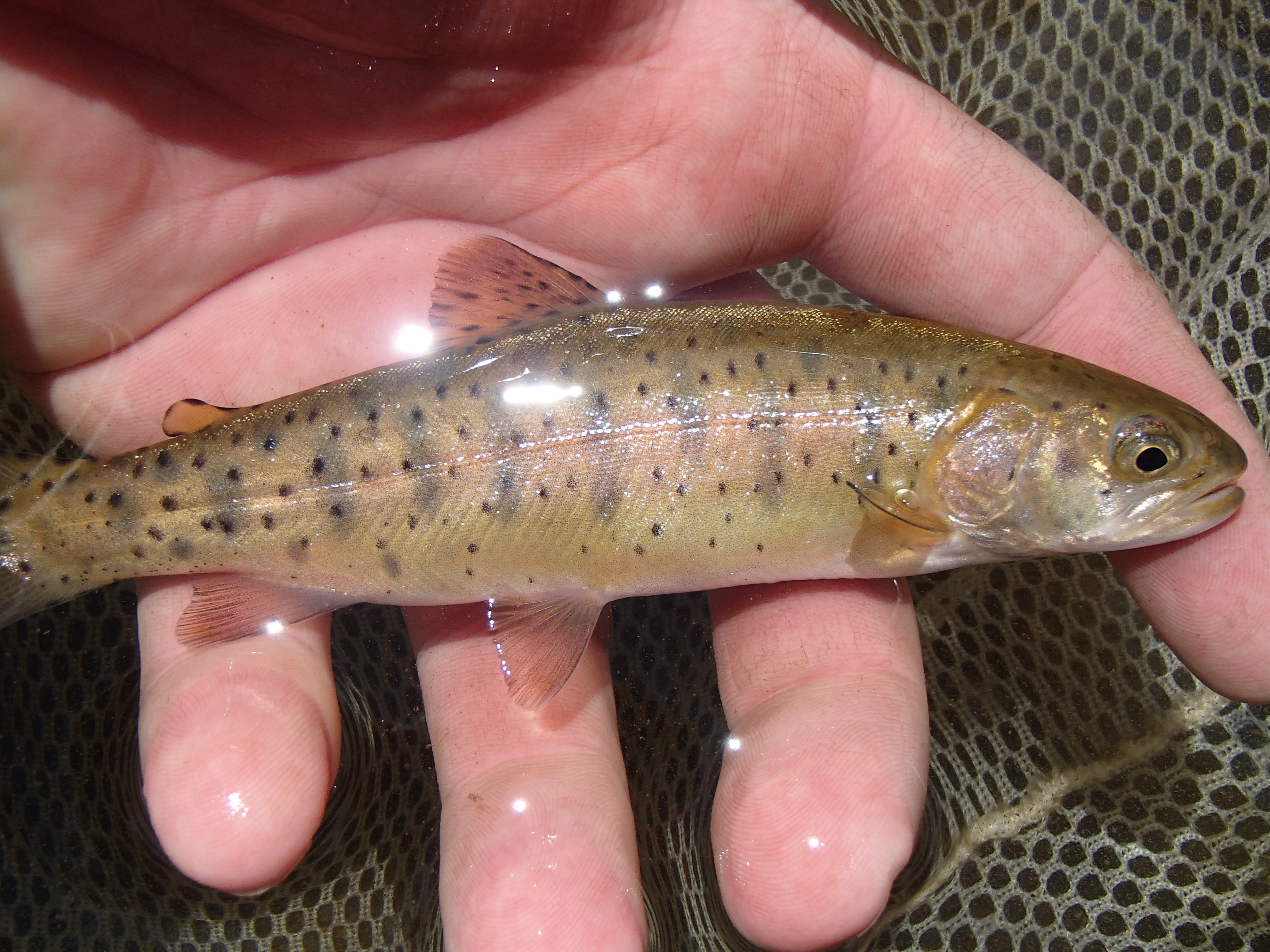
Evolutionary Adaptation
Building on tools first developed during the Human Genome Project, genomic sequencing helps us understand how fish adapt to their surroundings and pinpoint genetic characteristics likely related to adaptive traits, such as growth or temperature tolerance.
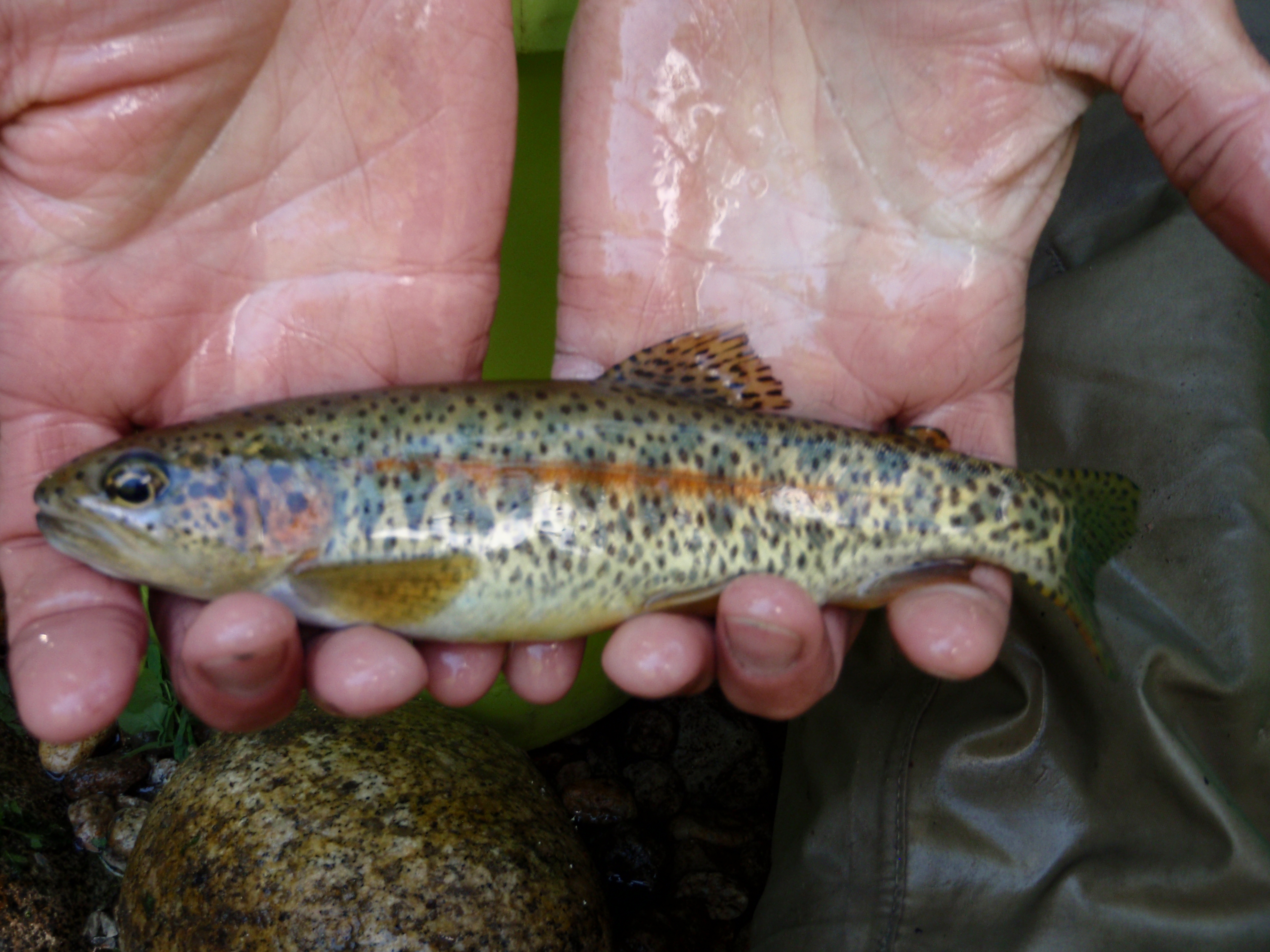
Hybridization and Hatchery Impacts
Genetic data are an obvious go-to tool to measure the extent to which non-native or hatchery-planted trout have intermixed with native trout, providing information necessary to plan for effective management of native populations.
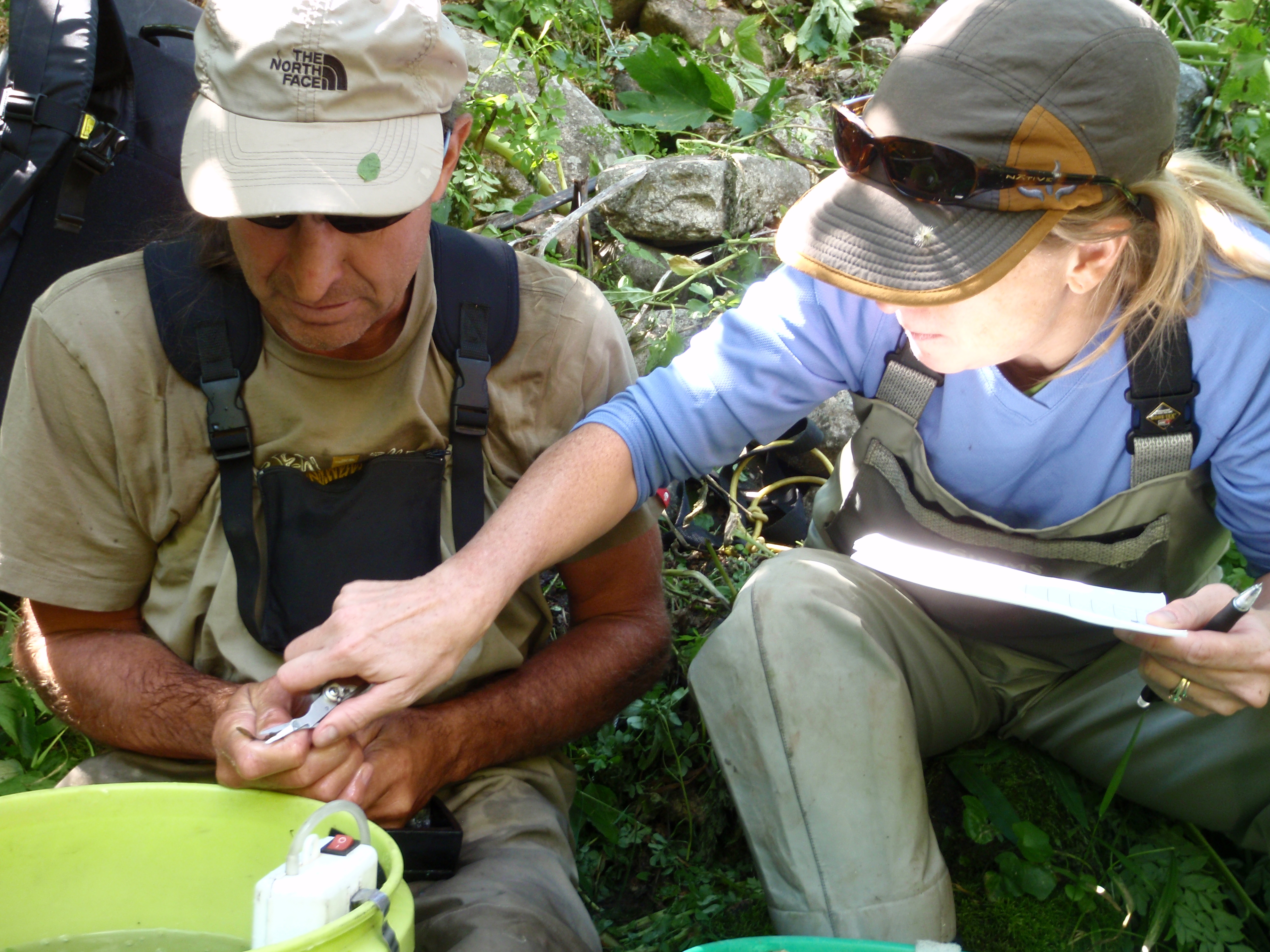
Genetic Assessment
Genetic variability can provide clues to the “health” and history of populations across a landscape, characterizing how large they are, how much they fluctuate in size over time, and how isolated they are from each other.


